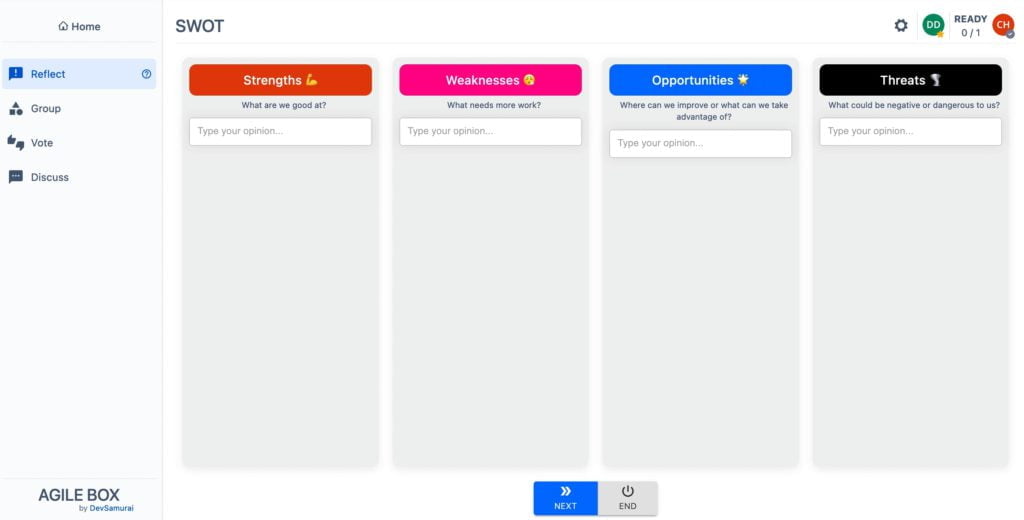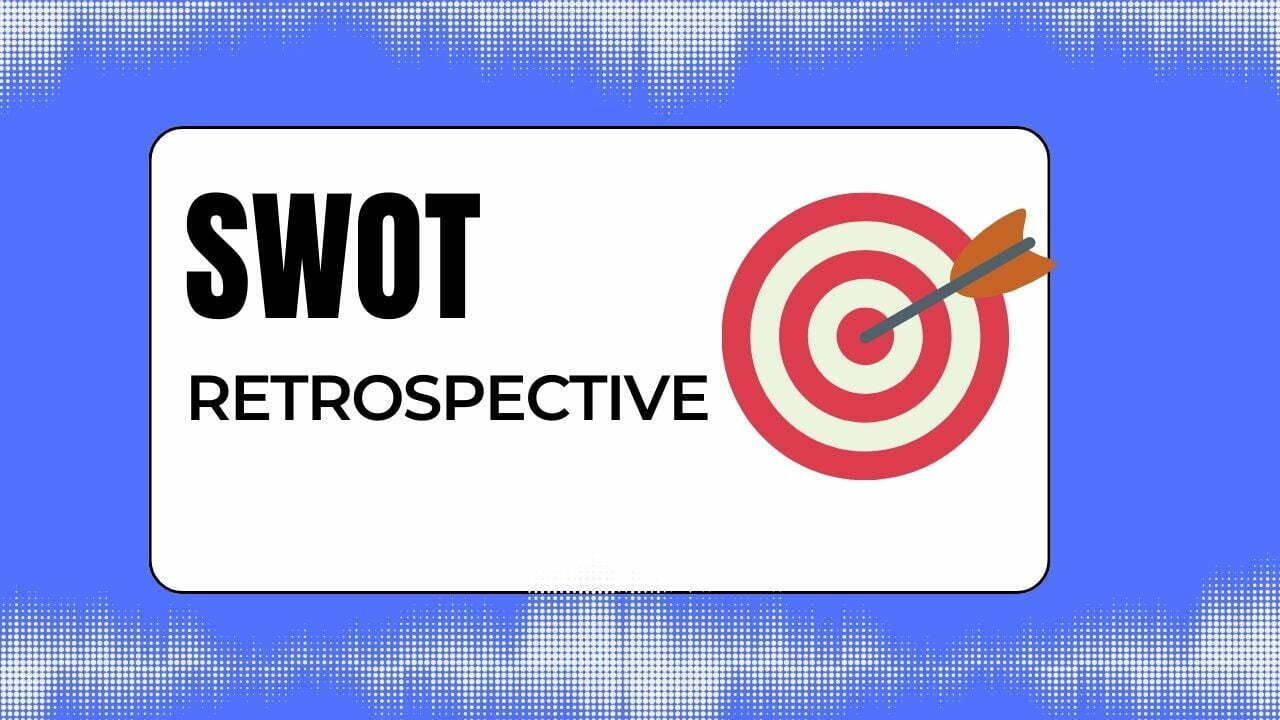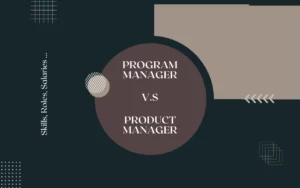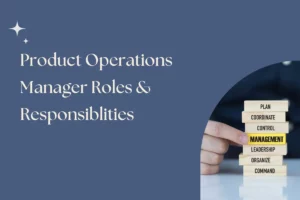Table of Contents
Execute Strategic Planning with the SWOT Analysis Retrospective
Challenging projects, frustrating team dynamics, new members, and new projects are all great opportunities for reflection, evaluation, and planning. It allows management and teams to think about what worked, what didn’t, and what should change going forward. One of the most straightforward ways of accomplishing this type of intensive meeting is through a retrospective meeting. Teams can offer significant introspective and outward-focused insights, and management can use their newfound knowledge to assist their team and their projects going forward. The Strengths, Weaknesses, Opportunities, and Threats (SWOT) Analysis template is the perfect way to run this mini-audit. Find out all about this retrospective, its specific format, what it can offer your team, and how to use it effectively below.
What Is the SWOT Analysis Template?
The SWOT analysis template is a guide for identifying Strengths, Weaknesses, Opportunities, and Threats within organizations, teams, practices, and projects. It allows firms to analyze attitudes, behaviors, practices, and actions and plan strategically for future initiatives.
What Is the SWOT Analysis Format?
The SWOT Analysis template has four distinct categories: Strengths, Weaknesses, Opportunities, and Threats. Meeting leaders will place certain topics up for discussion and team members will place comments under these four labels. Alternatively, meetings can be accomplished in two instances with teams contemplating their strengths and weaknesses and then identifying opportunities and threats for future collaborations. Let’s explore each label a little deeper:

AgileBox SWOT Retrospectives
AgileBox SWOT Retrospectives
Strengths
Strengths is the perfect pile for ideas, practices, or tools that make a positive impact on the topic of discussion. In many meetings, management and team members will choose to focus on things that the team members are good at for this classification. It can be a way to reflect on exquisite skill development, encourage helpful attitudes or behaviors in the future, or boost confidence.
Example: Our team is exceptional at anticipating problems before they occur so that we do not need to stay stuck on a task or sprint too long.
Weaknesses
The weaknesses category is for anything that is lacking, not working well, or causing considerable stress or distress. Again, many teams focus on personal traits, attitudes, behaviors, or skills in this section. It may be ideal to frame that type of question as areas that need improvement, rather than areas causing significant problems.
Example: We are impatient to finish sprints, causing many team members to become stressed and overwhelmed.
Opportunities
The opportunities label is for anything the team can use to improve team dynamics or project outcomes, increase morale and engagement, or increase efficiency and productivity. Teams can look to the Strengths and Weaknesses piles for inspiration, as both can lead to team improvements.
Example: Check-in meetings and daily goals can help our team focus on the tasks at hand, consider our teammates’ needs, and turn our attention to the quality of work. Overall, it will help us stop rushing our work and overwhelming our team members.
Threats
The threats pile is for anything that could negatively impact future work, teamwork, project success, client satisfaction, or company goals and values. Weaknesses may be a great way to start discovering potential threats, but weaknesses can also be opportunities for improvement. However, it is good to keep in mind that unresolved weaknesses may impede the team’s ability to overcome the issues ahead.
Example: The upcoming holidays may slow down work, and cause distractions. Let’s plan for these potential disruptions now and evaluate different ways to stay on track.
How Can SWOT Help Your Team?
SWOT is an ideal choice in many situations, including:
- Wrapping up projects
- Starting new projects with the same team
- Examining challenging team dynamics or project issues
- Kicking off a team-building exercise when introducing new members
- Showcasing how teams and team members have grown over a specific period
- Beginning a new quarter or a new year
- Determining the impacts of certain decisions
It can help with many key elements, including:
- Determining Areas for Improvement: Management can struggle to find ways to improve various aspects of teams or projects. When they turn to those who are actively involved in the work, their teams, they can discover areas for improvement and seize potential solutions.
- Finding Competitive Advantages: Team members know what they do well, especially if they have time to reflect upon their strengths. Management can capitalize on these areas.
- Understanding the Negatives: Problems affecting teams and their work may not be completely obvious. Reflecting on weaknesses and threats can help pinpoint issues or impediments.
- Making Smarter Decisions: SWOT analysis helps management and stakeholders make strategic business decisions for the future.
- Anticipating and Resolving Catastrophic Events: When management understands what exactly drags down their teams, they can anticipate adverse events down the line. They can resolve the issues or plan for recovery ahead of time.
- Increasing Awareness: Team members who have the opportunity to reflect on their strengths and weaknesses are more likely to improve their knowledge, skills, and work. It is a natural consequence of deep reflection and self-awareness.
Tips for Using the SWOT Template
A SWOT template is an excellent guide for understanding teams and work dynamics better, seizing advantages, and improving specific practices and processes. Overall, it helps management make better decisions in the future. If you want to make sure you maximize the benefits of this retrospective, consider these top tips:
- Keep Reflections Anonymous: Anonymity helps team members be completely honest about what’s going on with their team, team members, management, and work.
- Give Team Members Time: Reflection can be a lengthy process. Depending on the team, you may hold a meeting where all members join at the same time or draw out the meeting so individuals can complete the tasks in their own time.
- Add a Vote: If you have a particularly large group, many topics may be brought up in the categories. Voting can help determine which ones should be discussed at the moment.
- Table Other Topics: Let everyone know that each response is valuable and that they will be discussed at a later date.
- Ask for Feedback: This type of retrospective may be a helpful process for your team and they may wish to perform it regularly. Ask for feedback, but also take into account how beneficial it was for management decisions.
Next post we will discuss about Hopes and Fears retrospective template













